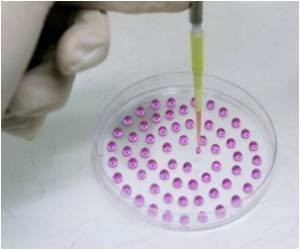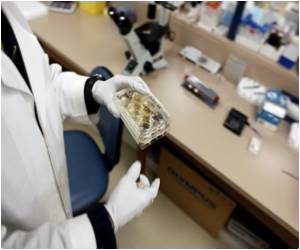
Age-related macular degeneration (AMD) is a leading cause of visual impairment and blindness in older Americans and worldwide. AMD gradually destroys sharp, central vision needed for seeing objects clearly and for common daily tasks such as reading and driving. AMD progresses with death of retinal pigment epithelium (RPE), a dark color layer of cells, which nourishes the visual cells in the retina.
While some treatments can help slow its progression, there is no cure. The discovery of human induced pluripotent stem (hiPS) cells has opened a new avenue for the treatment of degenerative diseases, like AMD, by using a patient's own stem cells to generate tissues and cells for transplantation.
For transplantation to be viable in age-related macular degeneration, researchers have to first figure out how to program the na?ve hiPS cells to function and possess the characteristics of the native retinal pigment epithelium, RPE, the cells that die off and lead to AMD.
The new research shows that this critical step in regenerative medicine for AMD has greatly progressed.
"This is the first time that hiPS-RPE cells have been produced with the characteristics and functioning of the RPE cells in the eye. That makes these cells promising candidates for retinal regeneration therapies in age-related macular degeneration," says the study's lead author Nady Golestaneh, Ph.D., assistant professor in GUMC's Department of Biochemistry and Molecular andCellular Biology.
Advertisement
"This isn't ready for prime time though. We also identified some issues that need to be worked out before these cells are ready for transplantation but overall, this is a tremendous step forward in regenerative medicine," Golestaneh adds.
Advertisement
"The next step in this research is to focus on a generation of 'safe' as well as viable hiPS-derived somatic cells," Golestaneh concludes.
The study has been published in Stem Cells.
Source-ANI









